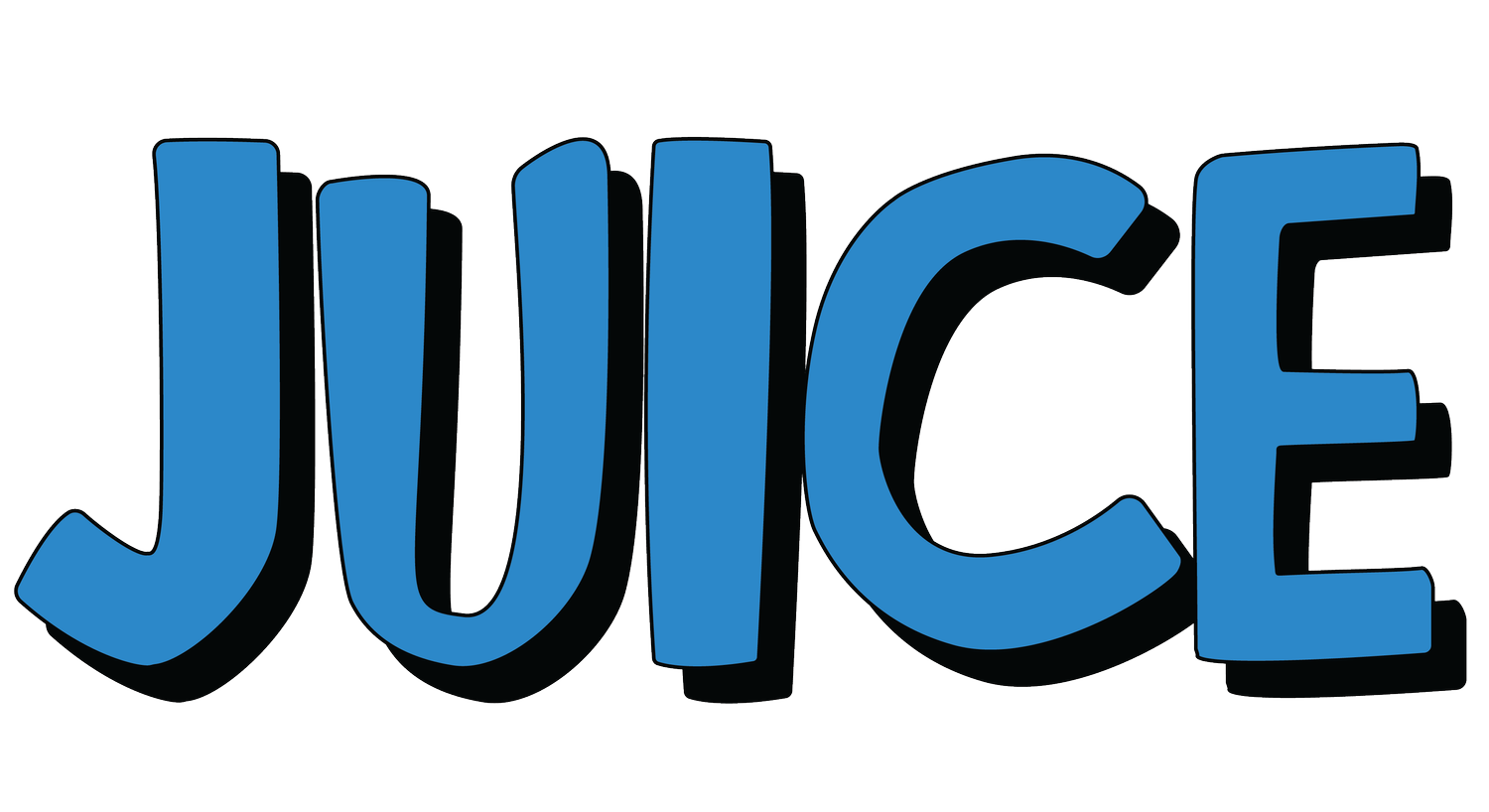APRIL 2021 FEATURED PREMIUM WINES
WINE ONE: DORMILONA CHARDONNAY
About: This Chardonnay comes from one of Jo’s favorite blocks in Wallcliffe. It is organically farmed and sees no watering. Whole-bunches are directly pressed into a combination of demi-muid, barrique, and terracotta. The wine goes through malolactic conversion before being racked and bottled with minimal Sulphur.
Taste: This wine is a pale gold in the glass. The nose is radiant with aromas of white peach, pear blossom, macadamia nut, meringue, and sandalwood. The palate is equal parts soft and brisk; it reminds me of sitting on the beach in spring - the sun is just warm enough to convince you to jump in the water despite the wind nipping at your shoulders. It’s this tension between freshness and tenderness that really speaks to me. You’ll find further flavours of salted nectarine, rice pudding, hōjicha, fresh apple, and lily. Tremendously charming.
How to Drink: My friend Will recently posted a photo of Lobster Thermidor on his Instagram and I can’t help assuming this would pair exceptionally well with this wine. I was also recently chatting with our friend Patricia (@miss_foodie) about what I’d pair with certain classic Chinese dishes. A sumptuous yet refreshing chardonnay like this would be an excellent foil for Calgary Court’s Shrimp & Egg Fried Hofan or Stir-Fried Pumpkin with Salted Egg Yolk. Speaking of eggs, it’s also the ideal pairing for eggs benedict if you’re into breakfast for dinner, or a boozy brunch.
WINE TWO: ECHO BAY SYNOPTIC
About: Echo Bay Vineyard is located right above Skaha Lake minutes north of Okanagan Falls. This steeply sloped site faces south-west from within a large gully. Farmed organically with additional biodynamic preparations by Kelsey and her family, the vines are getting healthier each year. This classic Bordeaux blend is made from Merlot (39%), Cabernet Franc (22%), Cabernet Sauvignon (14%), Malbec (11%), Carmenère (7%), and Petit Verdot (7%). The grapes are destemmed, gently crushed, and fermented independently of one another. After 4-5 weeks on skins the wine is pressed off into a variety of barrels, 20% of which were new this year. After eighteen months of élevage the wine is blended, and after a short resting period the wine is bottled with 30ppm of sulphur. It spends an extended period of time ageing in bottle before release. 360 cases were made.
Taste: This wine is a medium ruby in the glass. The nose is boreal with aromas of cedar, dried cherry, sweet cigar smoke, ripe plums, dried roses, and graphite. The palate is dense but not heavy. There’s a freshness here emphasized by tannin and acidity, balancing ripe fruit. It’s incredibly reminiscent of Bordeaux from the 80s, before oak and alcohol became more important than complexity and terroir.
Pairing: As usual, I did a deep dive into long lost regional dishes and discovered the ultimate pairing: Lamprey à la Bordelaise. For picky or squeamish eaters this might not be your idea of a good time, but to me, it sounds delicious. Apparently, the rivers that runs through the center of Bordeaux are famous for these eel-like-fish. Traditionally, they make a rich sauce from the lamprey’s blood, Armagnac, and red Bordeaux wine resulting in something loosely resembling a stew. Served with a garlicky baguette, it sounds like the ultimate pairing for this wine. Conveniently, the lamprey festival is held in April every year - even more reason to celebrate.
WINE THREE: DOMAINE DE LA GARRELIÈRE CINABRE
About: This wine comes from 40-50-year-old Cabernet Franc vines planted on wind-blown sand and flinty clay on the hillside. Soils here are infused with iron giving them a red glow, hence naming this wine after cinnabar, a red mineral pigment. This is their lowest yielding plot. The grapes are destemmed and fermented in tank for three weeks before being pressed off into barrel, some of which are quite new. After a year in barrel the wine is racked and bottled without filtration.
Taste: This with is a medium ruby in the glass. The nose is exactly what you’d expect from top tier Cabernet Franc: black raspberry, dried rose, wild sage, lichen, plum skins, gunpowder, and just a hint of cinnamon. The palate is perfectly centered and noble with juicy acidity, rounded tannins, and surreal length. The flavours are vivid and true. You’ll find further notes of black cherry, currant leaf, balsam, tarragon, pomegranate, black truffle, and vanilla.
Pairing: The Oie d'Anjou is an appellation protected goose (IGP) raised in open air near La Garrelière. The birds tend to have more fat than chicken, but less gaminess than duck. Prized since the middle ages, they’re often served simply roasted with classic sides. I’d suggest a duxelles de champignons to really highlight this wine’s comforting earthiness.
LINK TO PODCAST: MP3 | SPOTIFY (Featuring Kate Burns from MNML)
